The 5 Best Hootsuite Alternatives in 2025 for Easier Social Media Management
Advertisement
If you're still using Hootsuite and wondering if it's time to switch, you're not alone. Over the past year, more social media managers have been looking for tools that offer simpler dashboards, better pricing, and smarter automation. Hootsuite once led the pack, but now, a few other platforms are catching up quickly—and some are doing things even better.
So, if you're tired of juggling clunky features or paying for tools you never use, here are five Hootsuite alternatives worth trying in 2025. Each of them brings something different to the table, so there’s a good chance one of them fits your workflow just right.
The 5 Best Hootsuite Alternatives in 2025
Tool | Best For | Standout Feature | Why People Switch to It |
|---|---|---|---|
Buffer | Solo users, freelancers | Simple scheduling with a clean UI | Fewer distractions, predictable pricing |
Sprout Social | Teams and large brands | Insight-rich analytics and team tools | Strong support and deeper client reporting |
Later | Visual-first content plans | Drag-and-drop calendar for visual feeds | Better layout planning for Instagram and Pinterest |
Sendible | Agencies with many clients | Separate dashboards + smart inbox | Cleaner client management and faster post-approvals |
Zoho Social | Budget-conscious users | CRM integration + strong reporting | Full feature access at lower cost, smooth Zoho ecosystem |
Buffer – Still the Go-To for Simplicity
Buffer has managed to stay relevant by doing one thing really well: making scheduling stress-free. If you don’t need all the bells and whistles and just want a clean interface that lets you schedule, edit, and analyze posts, Buffer might still be your best bet.
Its browser extension remains a favorite for those who want to quickly share articles or create drafts while scrolling. You also get a visual queue where your posts line up neatly across your channels, which is especially handy if you like seeing your content plan in one spot.
What Buffer lacks in deep listening tools, it makes up for with a sharp focus on ease. Pricing stays predictable, too, with no sudden jumps just because you added one extra profile.
Sprout Social – Best for Teams That Need More Insight
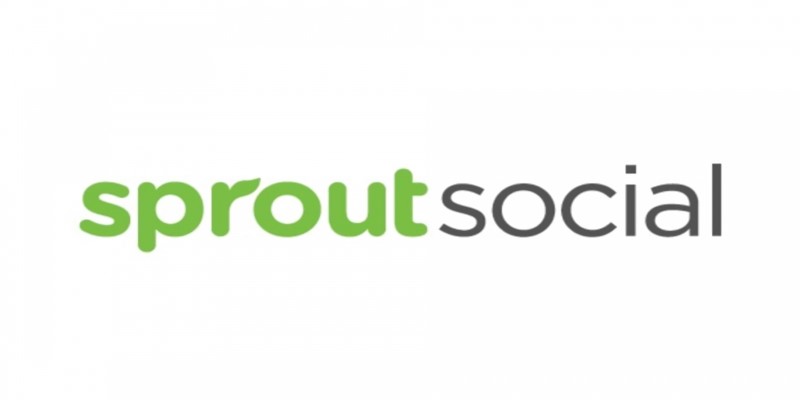
Sprout Social leans toward users who are managing social accounts at a higher scale. If you're part of a team that works with multiple clients or brands, the collaboration tools built into Sprout really stand out. You can assign tasks, tag content, and follow up without leaving the platform.
One place where Sprout consistently wins is reporting. Their analytics aren't just about numbers—they give you context. So if engagement drops, you're not just looking at red arrows; you're getting clues about what happened and why.
It’s not the cheapest alternative, but for teams who need strong customer support, reliable features, and solid reporting, it’s money well spent.
Later – A Visual Planner for Visual Brands
For those working in fashion, design, or travel—basically anything that's built around visuals—Later is a strong contender. It started as an Instagram-focused tool but has grown into a platform that supports TikTok, Facebook, Pinterest, LinkedIn, and Twitter (or whatever it's called now).
What makes Later shine is its drag-and-drop calendar. You can move posts around, preview your feed, and even plan out Stories. For Instagram-first brands, that kind of visual planning makes a huge difference.
Another smart feature is the LinkedIn.bio tool, which turns your Instagram bio link into a mini landing page. It’s a small thing, but it can quietly boost traffic when done right.
Sendible – Built for Agencies
If you’re managing social for several clients, Sendible might be the tool that saves your sanity. It was clearly designed with agencies in mind. Each client gets their dashboard, which helps keep everything neat—and avoids those nightmare moments when you post to the wrong account.
The content calendar is easy to use, and there’s a built-in image editor that lets you tweak posts without switching tabs. You can also set up approval workflows so clients can review content before it goes live.
One of its strongest points is the smart inbox, which pulls all your messages from every channel into one place. You won’t miss a comment, tag, or DM. That kind of streamlining becomes more valuable the more accounts you run.
Zoho Social – A Budget-Friendly Choice That Doesn’t Cut Corners
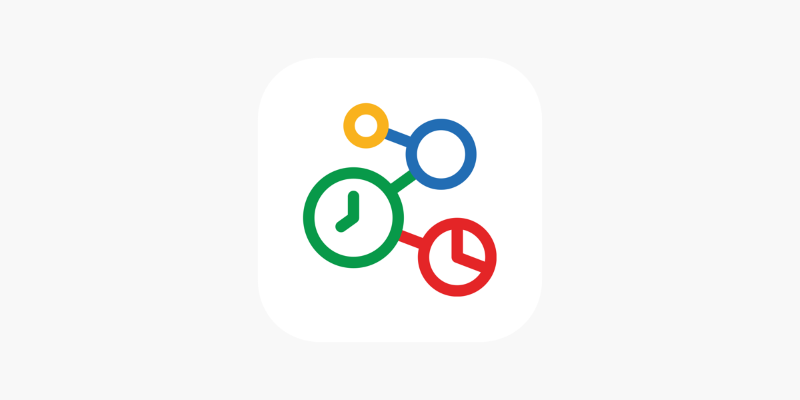
Zoho is usually associated with CRMs and office tools, but Zoho Social holds its own when it comes to managing social media. It’s surprisingly full-featured for the price, which makes it a solid pick for small businesses or solo marketers.
The interface feels familiar if you've used other Zoho tools. Everything from post-scheduling to keyword tracking is right where you'd expect it. Plus, if you're already using Zoho CRM, the integration is seamless—you can track how social media interactions turn into actual leads.
While most budget-friendly tools strip out reporting features, Zoho Social gives you detailed stats and even custom reports. That's a win for users who want insights without paying for a "premium" plan.
Final Thoughts
Switching tools can feel like a hassle, especially when you're used to a certain layout or workflow. But sometimes, staying with what you know means settling for features you don’t need—or missing out on ones you do. The good news is that every option listed here offers a free trial or demo, so you can test things out before committing. You don’t need to overhaul your whole process overnight. Just pick the one that fits how you work, and go from there.
Hootsuite might still be fine for some, but in 2025, it’s no longer the only player worth your time. These five alternatives prove that social media management doesn’t have to feel complicated—or cost more than it should.
On this page
The 5 Best Hootsuite Alternatives in 2025 Buffer – Still the Go-To for Simplicity Sprout Social – Best for Teams That Need More Insight Later – A Visual Planner for Visual Brands Sendible – Built for Agencies Zoho Social – A Budget-Friendly Choice That Doesn’t Cut Corners Final ThoughtsAdvertisement
Related Articles

Top Trello Alternatives to Try in 2025 for Better Project Management

Meta AI vs. ChatGPT: Key Differences and Which Is Better for You
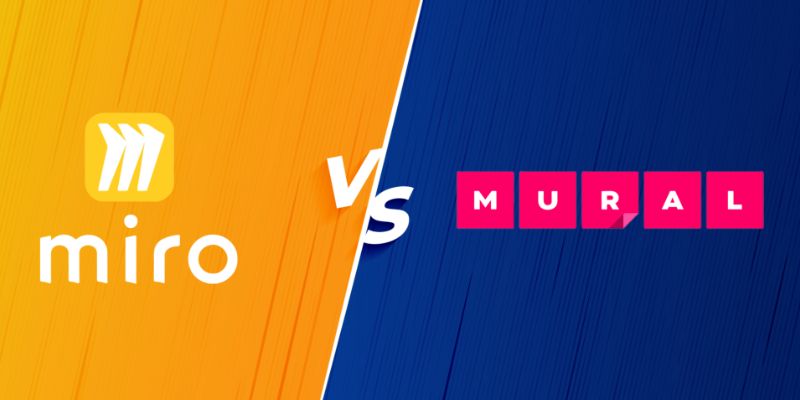
Miro vs Mural: Which Visual Collaboration Tool is Right for You
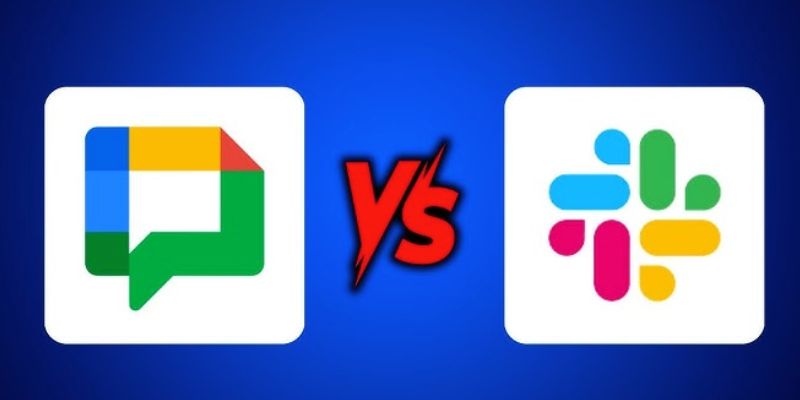
Google Chat vs. Slack: Which Collaboration Tool Suits Your Business Best

7 Easy Steps to Use Your Customer List for Creating Custom Audiences on Facebook
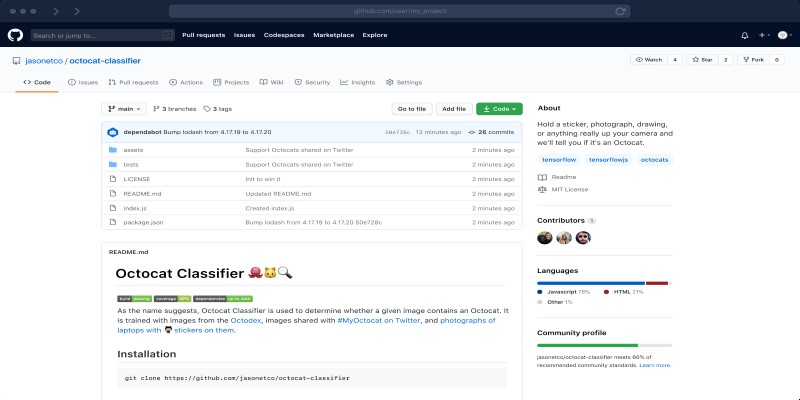
What is a GitHub Repository and How to Delete One in 2025
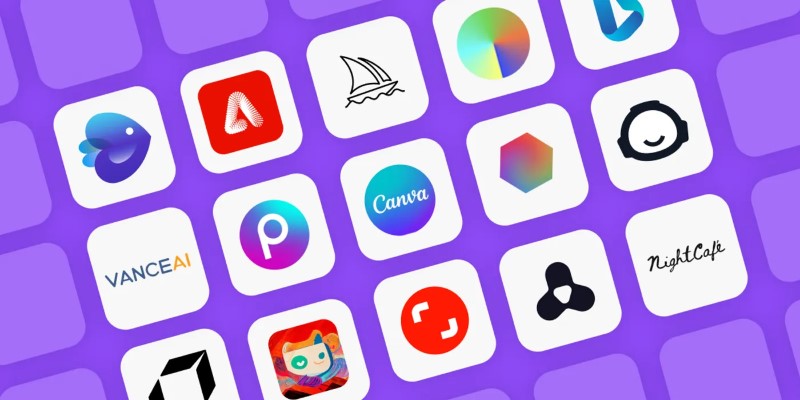
Mind-Blowing AI Art Generators in 2025 That Are Redefining Creativity

Docusign vs. HelloSign (Now Dropbox Sign): Which is Best for Your Business

Best AVI Resizer Tools to Resize AVI Videos Without Losing Quality
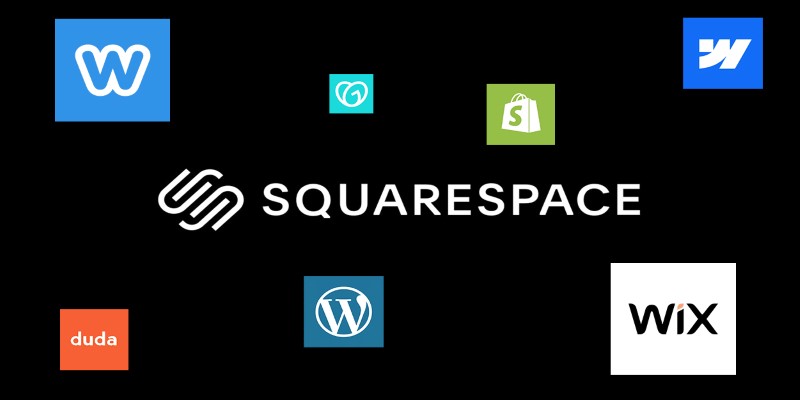
The 6 Best Squarespace Alternatives in 2025 for Custom, Creative Web Design
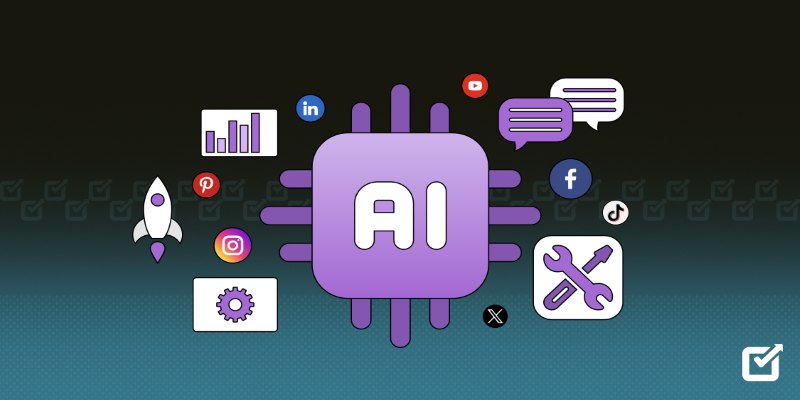
The 8 Best AI Tools for Social Media Management in 2025 to Streamline Your Strategy

 lameuplay
lameuplay